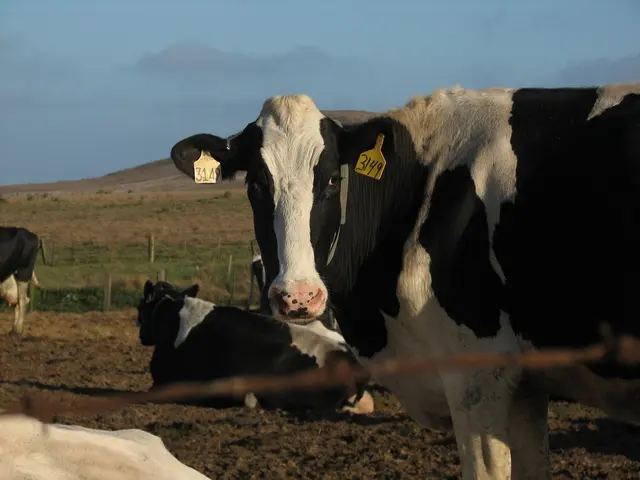Airport Impact on Migratory Bird Flight Patterns: Exploring Their Crossing Points
The Intersection of Bird Migration and Airports: A Growing Concern for Aviation Safety
Birds are renowned for their incredible abilities to traverse vast distances as part of their seasonal migration patterns. These journeys are influenced by a mix of environmental and genetic factors and have long been the subject of intense scientific inquiry. However, as human development continues to encroach on natural habitats, the overlap between bird migration routes and airports is becoming increasingly significant.
Birds and Aircraft: A Hazardous Combination
Birds pose a significant threat to aircraft, causing tens of thousands of bird strikes every year. These collisions can cause damage to engines, windshields, and other critical components, and in some extreme cases, lead to catastrophic accidents. As a result, airports worldwide employ extensive measures to minimize the risk of bird strikes.
Airport operators employ a variety of strategies to discourage birds from congregating near airports. These methods include using bird control devices such as scarecrows and sonic deterrents, implementing habitat management programs to prevent nesting and feeding, and deploying trained bird control personnel who monitor bird activity in the airport's airspace.
However, these efforts often meet their limits when migratory bird flocks follow established routes directly over or in close proximity to airports. Migratory species from various locations, such as the Arctic Tern, bar-tailed Godwit, and ruby-throated hummingbird, often find themselves in close proximity to significant airports during their migrations.
Real-World Examples: The Hudson River Incident
One notable example of the potential risks associated with bird migration routes and airports is the Hudson River Miracle incident in 2009. US Airways Flight 1549 was forced to make an emergency landing in the Hudson River after multiple bird strikes incapacitated both engines. Fortunately, no fatalities or serious injuries were reported, but the incident served as a stark reminder of the potential dangers posed by bird strikes.
The birds involved in the Hudson River incident were likely Canada geese, which are known to be particularly hazardous due to their size and tendency to travel in flocks. Factors such as food, shelter, and the concentration of other birds likely attracted the geese to the area.
Addressing the Challenges
The intersection of bird migration routes and airports is a complex and evolving issue that requires the collaboration of airport operators, environmental organizations, and aviation authorities. By understanding the risks associated with bird strikes and implementing proactive measures to mitigate these risks, we can help ensure the safety of the millions of passengers who travel through airports worldwide each year.
Key Insights
- Wildlife management strategies, including both non-lethal and lethal methods, are utilized by airports to minimize bird hazards.
- Technological tools like the Avian Hazard Advisory System (AHAS) use weather and bird distribution data to predict bird activity, assisting aircrews in selecting safer routes.
- Climate change has the potential to alter bird migration patterns, complicating airport operations and increasing the risk of bird strikes if airports are not adequately prepared.
- Strategies for mitigating bird hazards include habitat modification, monitoring and prediction systems, and international cooperation for bird conservation. By encouraging the development of bird-friendly environments and expanding protected areas, it is possible to provide safer corridors for birds, reducing the risk of collisions with aircraft.
- In light of the evolving issue at the intersection of bird migration routes and airports, collaboration between airport operators, environmental organizations, and aviation authorities is crucial to ensure aviation safety.
- As the Arctic Tern, bar-tailed Godwit, ruby-throated hummingbird, and other migratory species often traverse over or near significant airports, it is essential to implement proactive measures to address the challenges they pose.
- To comprehensively address bird strikes, various strategies, including technology like the Avian Hazard Advisory System (AHAS), habitat modification, and international cooperation for bird conservation, should be employed.








